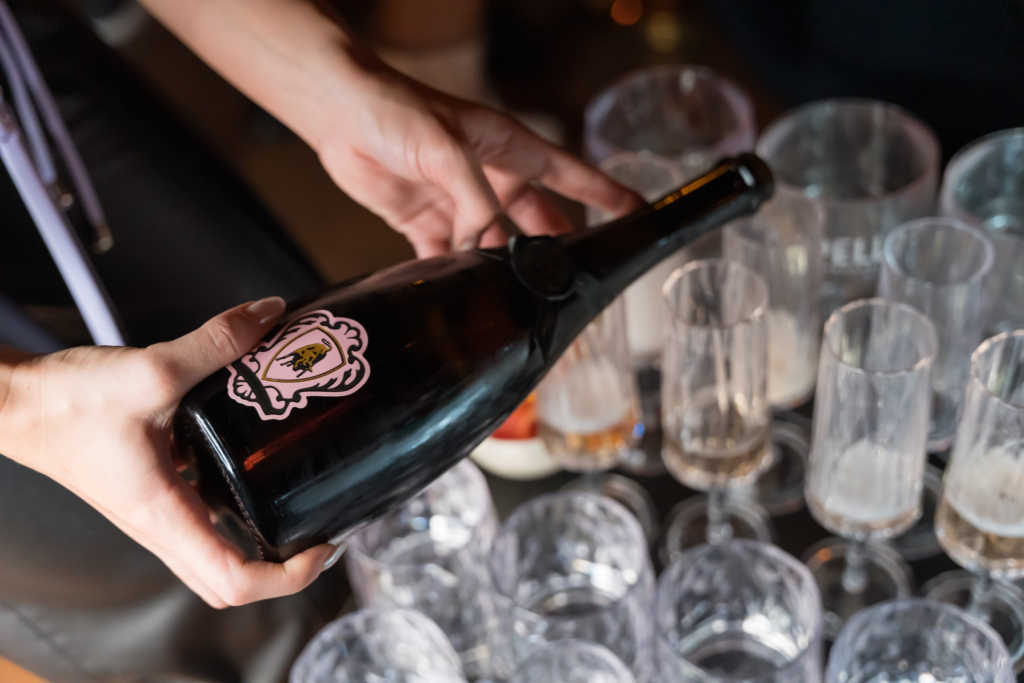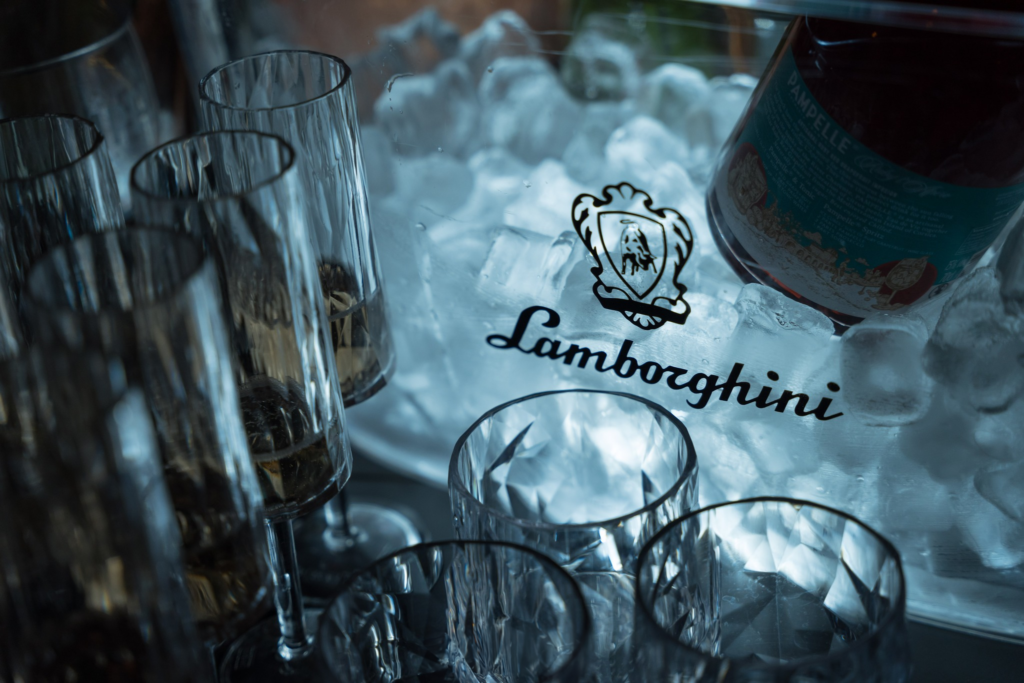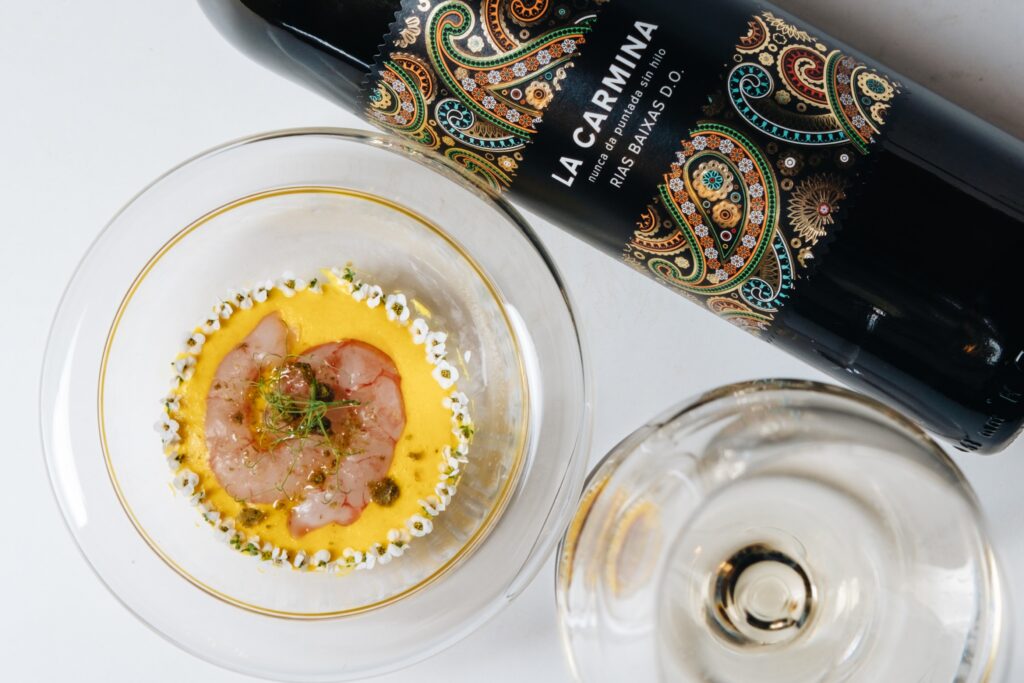In the culinary world, few things are as fascinating and nuanced as the art of pairing wine with meals. It’s not just a matter of choosing a red wine for red meat or a white wine for fish – it’s about much more. Pairing wine with food is a subtle interplay of flavors, aromas and textures that can enhance any meal and make it an unforgettable experience.
But how do we know which wine to choose? What are the rules and guidelines that will help us create the perfect pairings? The answer to these questions is not simple, because every wine and every dish is unique. And yet, there are some basic rules and techniques that can help us find our way around this topic.
Wine pairing basics
Pairing wine with food is the art of balancing flavors and textures, where understanding how the different elements in wine and food can complement or contrast each other is key. It is a process that requires attention to many subtle details.
For starters, it’s important to consider the intensity of both the wine and the food. Light dishes usually pair best with light wines that don’t overwhelm their delicate flavors. More substantial dishes, on the other hand, require stronger wines that can stand up to their richness of flavors and textures.
Another important aspect is the wine’s flavor profile, which includes characteristics such as sweetness, fruitiness, astringency, acidity, and the presence of tannins. For example, a sweet wine can temper the spiciness of a dish, creating a pleasant contrast. On the other hand, a wine with a high tannin content goes well with fatty, rich-tasting meats, as the tannins help balance the fat and protein.
It’s also worth keeping in mind the wine’s acidity, which can refresh the palate and counteract the heaviness of the food. Wines with higher acidity are an excellent choice for rich, fatty dishes, as their refreshing character helps cleanse the palate.

Types of wines and their characteristics
White wines
White wines are known for their lightness and freshness. They usually have lower tannin content and often have higher acidity. They can be both dry and sweet. Dry white wines, such as La Carmina Albariño or Lamborghini Luxe “Grechetto” go well with light dishes such as fish, seafood, or salads. Sweeter variants can be the perfect complement to spicy Asian dishes or desserts.
Red wines
Red wines, due to fermentation with grape skins, tend to have higher tannin content and are richer in flavor. Red wines, such as Lamborghini Luxe “Rosso”, or Tratado Superior DOC Douro, offer a wide range of taste experiences. Ideal with red meat, game or aged cheeses, they can enhance the flavor of food and add depth.
Rosé wines
Rosé wines, which are a combination of characteristics of white and red wines, are characterized by lightness and delicacy. They are perfect for a variety of dishes, including light salads, grilled vegetables, fish, and seafood. Their freshness also works well with spicy dishes, such as Thai or Mexican cuisine, where they balance intense flavors and spices. Rosé wines are an excellent choice for summer picnics and casual meals, adding subtle fruitiness and refreshment. Pink wines worth noting include Lamborghini Luxe “Rose” or Tamaral Rosado.
Sparkling wines
Sparkling wines, such as G.H. Mumm champagne or Prosecco Extra Dry by Lamborghini, are known for their distinctive bubbles and are a popular choice for special occasions. Their freshness and acidity make them perfect not only for toasting, but also for pairing with richly flavored, higher-fat dishes. They go well with creamy risotto, rich cheeses, and fried dishes, where the lightness and refreshment of the wine contrasts with the heaviness of the food. Sparkling wines are also a great companion to delicate seafood, highlighting its natural flavors.

Wine temperature
The temperature at which wine is served is crucial to its flavor and aroma. Wine served at the wrong temperature can lose many of its best qualities. For example, white wines that are served too warm can appear bland and lack characteristic freshness. On the other hand, red wines served too cool can appear overly tart and lack depth.
The ideal temperature for most white wines ranges from 7 to 12 degrees Celsius, which helps to accentuate their freshness, fruitiness and acidity. Lighter red wines, such as Pinot Noir, taste best when served slightly chilled, around 12 to 15 degrees Celsius. In contrast, fuller-bodied red wines, such as Cabernet Sauvignon, achieve their full richness of flavor when served at slightly below room temperature, around 16-18 degrees Celsius.
Getting to know new flavors
Exploring the world of wine and food pairing is a fascinating journey, full of taste experiments and unexpected discoveries. The key to success is understanding that there is no one universal rule – it’s a process that evolves with our personal experiences and preferences. By keeping in mind the basic rules of pairing, the flavor profiles of wines, and the importance of temperature and food preparation, we can explore and enjoy every moment we spend at the table.
Let’s not be afraid to experiment and break traditional rules. The most wonderful culinary experiences often come from unexpected combinations. Wine and food have the power to bring people together and create unforgettable memories. Let each bottle opened with a meal be an invitation to a journey to discover new flavors, share joy and celebrate moments spent together.

